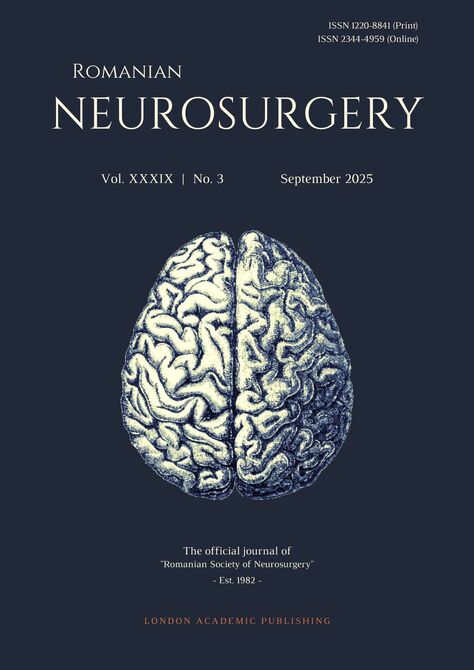Abstract
Background: Postoperative neurological deterioration (PND) is a serious complication in brain tumour surgery, often leading to functional decline or death. Timely detection and response are critical, yet delays are common in routine practice.
Objective: The present study aimed to (1) describe the prevalence, causes, and outcomes of PND among brain tumour patients and (2) to assess the impact of a structured notification system developed using root cause analysis on clinician response time.
Methods: We retrospectively reviewed brain tumour patients undergoing surgery between 2022 and 2025. Data from 2022–2023 were used to describe PND prevalence and conduct root cause analysis. A structured notification protocol was implemented in February 2024, replacing the previous bottom-up model with a top-down approach, where bedside nurses directly notified the chief resident. Post-protocol data from February 2024 to June 2025 were analysed. The primary outcome was PND prevalence and etiology. The secondary outcome was time to physician response, compared pre- and post-protocol using t-tests and ANOVA. The primary outcome was PND prevalence and etiology. The secondary outcome was the comparison of time to physician response before and after protocol implementation, analysed using t-test and ANOVA.
Results: PND occurred in 181 of 282 patients (39.8%) during the 2022–2023 period. The most common causes were brain oedema (37.6%), hypovolemic shock (11.6%), and intracerebral haemorrhage (11.6%). After implementing the protocol, the time to response was significantly reduced (p = 0.004).
Conclusion: PND remains a serious complication in brain tumour surgery. The introduction of a structured notification protocol significantly improved the timeliness of medical response. This approach may be adaptable to other high-acuity settings, such as trauma or critical care, where rapid decision-making is essential.















